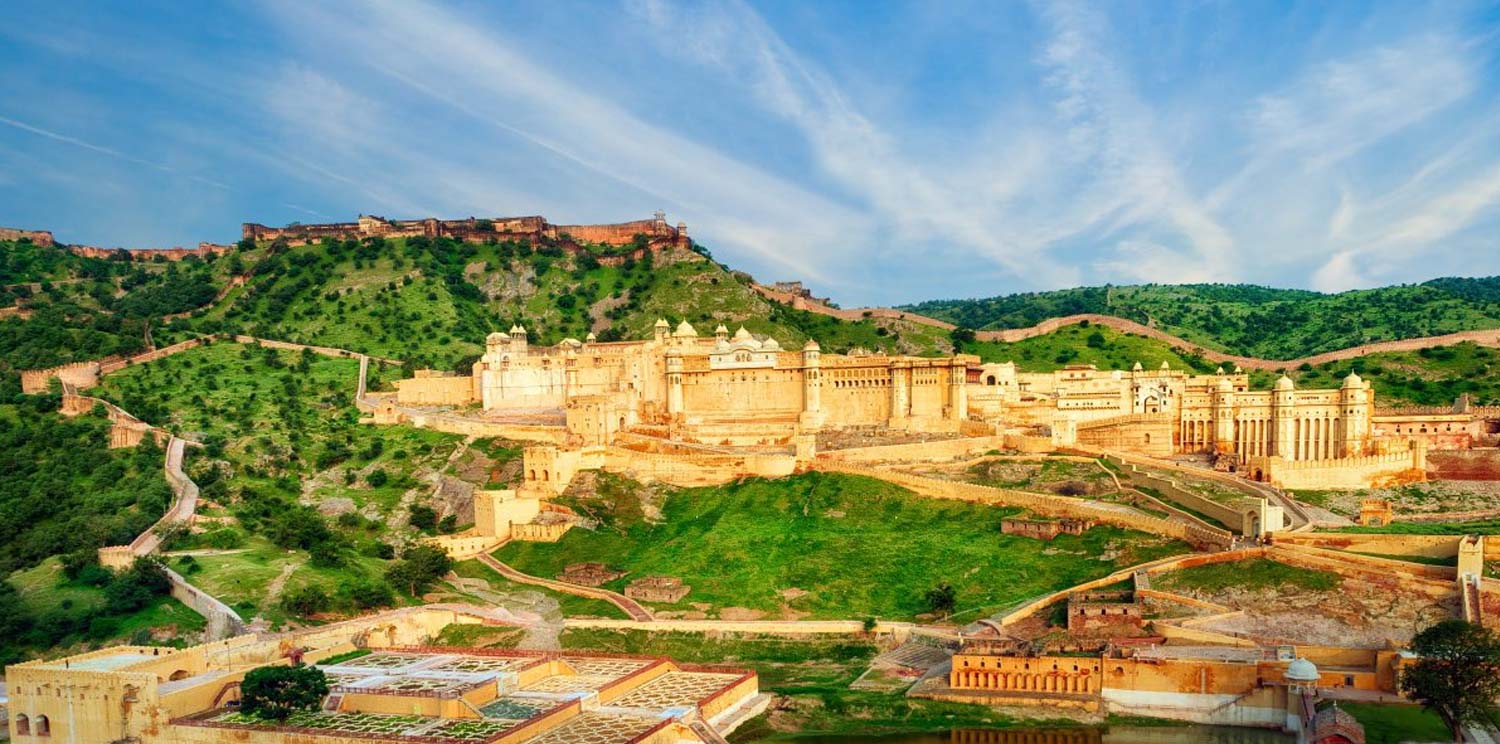
Jhalawar Tripadvisor
Jhalawar, once called Brijnagar is known for its rich natural wealth of vibrant flora and fauna. However, unlike other cities of Rajasthan, Jhalawar has a rocky but water-laden verdant landscape. Red poppy fields and orange laden orchards are strewn across Jhalawar, lending it a colourful look. They also contribute a major share to the production of citrus in the country. This place has a varied cultural heritage that includes many forts and palaces from the Rajput and Mughal periods. It is solely famous for the large numbers of temples and religious sites.
Jhalawar was named after its founder, Jhala Zalim Singh in 1838. He was the Dewan of Kota State and established the town as a cantonment, then known as Chaoni Umedpura near the existing Jhalrapatan Fort. At that time, the township was surrounded by dense forests which were home to many exotic species. The Dewan often came here to hunt and grew so fond of the place that he decided to turn it into a township. It was later turned into a military cantonment when the Maratha invaders passed through the city to capture Hadoti states.
Major Tourist Places in Jhalawar
Gagron fort (12 KM)
The foundation of this magnificent, impregnable renowned fort was laid in the 7th century and the fort was completed in the 14th century and the fort was completed in the 14th century. It is an example of 'jal durg' out of the nine durgs or forts mentioned in the Shastras.
It is surrounded on three sides by water of ahu and kali Sidh Rivers, and provides a breathtaking view from its ramparts.
Outside the fort is the Dargah of sufi saint Mitheshah, where a fair is held every year during the month of Moharram. Nearby is a monastery of saint pipa, a contemporary of saint Kabir.
Jhalawar Fort Palace
Situated in the centre of the town, this beautiful monument now houses the Collectorate and other offices. It was built by Maharaja Madan paintings inside the rooms, which can be seen with the permission of the offices located here or the tourist office incharge. Some exquisite paintings and mirrors on the walls of 'Zanan Khana' are of particular interest.
Govt. Museum:
Established in 1915, it is one of oldest museums of Rajasthan. It houses rare manuscripts, paintings, coins, sculptures and statues of Lakshminarayan, Vishnu, Krishna, Ardhnarishvar Natraj, Lakulish and Trimurti are particularly noteworthy.
Inscriptions dating to the % and 7th centuries can also be seen here.
Timings: 10 am to 4.30 pm; Entry fee: Rs. 3/- for adults; Monday Free; Closed on Fridays and National holidays.
Bhawani Natya Shala
An intereting building, constructed in the premises of the fort by Maharaja Bhawani Singh, in 1921. This unique theatre was built for the performance of plays and other cultural events. It was a popular Parsi theatre in the erstwhile State. It has been recently revived and gives a good insight into the art of theatre of the period.
Jhalarpatan (6 KM)
Jhalarpatan, the city of bella, is an ancient walled town. It was founded by Jhala Zalim singh in 1796. It is situated at the same place where the ancient town of Chandrawati was founded by the parmar raja Chandrasen nd later on ravaged by invaders. The entire township resides within a wall. It is believed to have been built to protect the trade caravans from the depredation of the pindaris, as patan happened to be one of the junctions of the caravan route.
The pride of Jhalapatan is the 9th century surya temple (Padam Nath Temple. The idol of Surya and the lovely sculptures on this massive temple are impressive. It in one of the best examples of temple srchitecture in North India.
The 11th century Shantinath Jain temple in knows for its fine murals and sculptural richness.shri Dwarkadheesh temple, built by Raja Zalim Singh in 1796 AD, is another important temple in the town.
Buddhist caves & stupas (90-100 KM)
Jhalawar district can boast of having the only rock-cut-cavers in Rajasthan. The ancient Buddhist caves located in village Kolvi are of great importance, both archaeologically and historically. A colossal figure of Buddha, the carved stupas, are some of the highlights of these caves. Similar caves have also been found in Vinaika, Hathiagor and Gunai, which proves hat a flourishing civilization existed here several centuries ago and the Buddhist influence in the region is clearly visible.
Chandrabhaga Temple (7 KM)
Located on the banks of the Chandrabhaga River, this complex has very beautiful temple, some dating back to the 7th century.
The Chandramaulishwar mahadeo temple provides a very good example of templearchitecture. The carved pillars, the arched gateways and the exquisite workmanship make these temple outstanding.

 +91-9799050299
+91-9799050299


